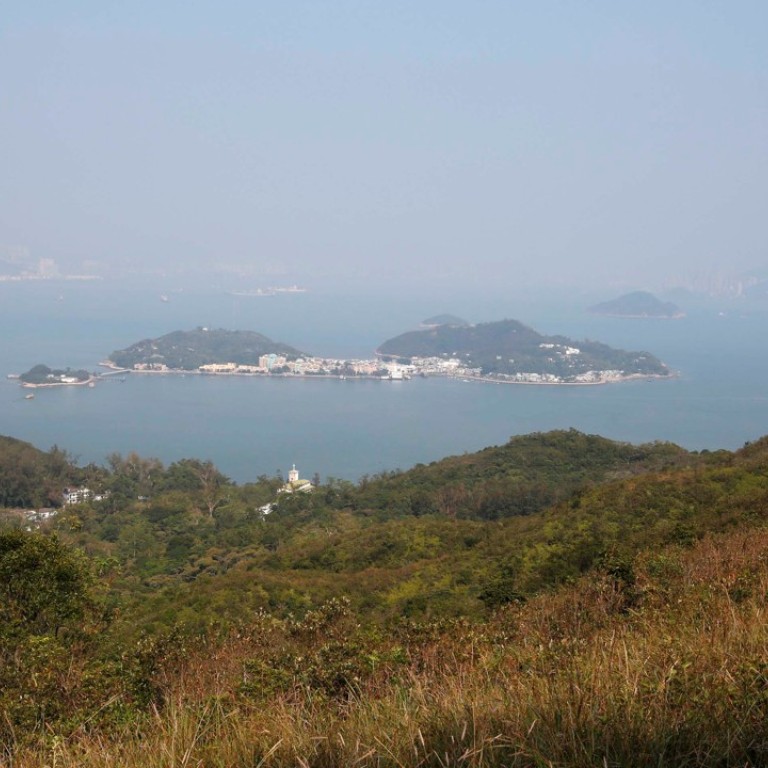
Grand Lantau reclamation plan a distraction from the real short-term need for land
- Government should first focus on providing land for immediate housing use, rather than diverting resources to a long-term vision
Chief Executive Carrie Lam Cheng Yuet-ngor cites uncertainties over the government’s ability to develop farmland or brownfield sites in the New Territories, and therefore says reclamation is needed to boost the land supply for housing. Her “Lantau Tomorrow Vision” however worsens the problem by diverting away necessary resources.
If there is a need for reclamation, action should be under way now to fast track sites which can be developed quickly, such as at Nam Tong to the south of Tseung Kwan O, where existing infrastructure can be extended to cater for the initial housing intake and expanded as more housing comes on line. No doubt the Task Force on Land Supply are giving this proper consideration in their recommendations.
The Lantau Tomorrow Vision proposal followed an alternative idea from former chief executive Tung Chee-hwa, and is now itself also being followed by Hopewell Holdings chief Gordon Wu’s idea, which is a resurrection of a proposal he made in 1986. Wu’s proposal was rejected the following year, with a comment to the Executive Council that “the proposers’ enthusiasm is not matched by supporting evidence as to the project viability”. That comment could be equally applied to all three current proposals.
Figures being quoted for land sales to fund the development rely on good transport links to Hong Kong Island, Kowloon and the New Territories, but there is no evidence to suggest that good links are possible.
The three proposals have different land areas, 1,700, 2,200 and 2,600 hectares respectively, and hence differing potentials for the number of people to be housed and employed. These differences will require different capacities for road and rail infrastructure. However all three proposals are similar, suggesting that the areas of land to be formed bear little relationship to the capacities of the proposed infrastructure.
All show a highway to Hong Kong Island but none to serve Kowloon and the southern/eastern New Territories. This is not surprising as such links are unlikely to be practical given the way Hong Kong has developed over the last 150 years.
Wu’s proposal connects to Hong Kong Island by a bridge from Green Island, linking to the single carriageway, two-lane Victoria Road and requiring all traffic to negotiate the congested Kennedy Town area. Tung’s proposal is vague but likewise shows a connection to the western extremity of the island. The Lantau Tomorrow Vision proposal includes a dual three-lane tunnel to Kennedy Town feeding into the elevated Connaught Road towards Central, thus requiring reclamation within the harbour.
Proponents of this vision will be aware of the government’s 1992 study for the Green Island Link which concluded that the elevated Connaught Road lacked the necessary capacity. A separate highway along the western waterfront would be necessary, requiring the removal of the Western Market and the Macau Ferry Terminal; recent developments have negated even this outlandish proposal from being possible.
All proposals lack clarity on rail links. Ending these at Kennedy Town and Mei Foo, as suggested, with passengers transferring to current MTR lines, is inviting problems. The lines lack capacity to accept more passengers and any new lines would have to continue to other destinations on the island, in Kowloon and the New Territories. Is this both possible and viable?
Before the government seeks large sums of money, reported to be HK$300 million, to study the Lantau Tomorrow Vision, a study should be undertaken on the options for highway and rail connections. The result of this could help decide whether the plan is viable.
Meanwhile, the government should give priority to providing more land for housing now, rather than assigning resources to a long-term vision.
Ronald Taylor is an independent adviser on infrastructure projects and a former executive director of Maunsell Consultants Asia
